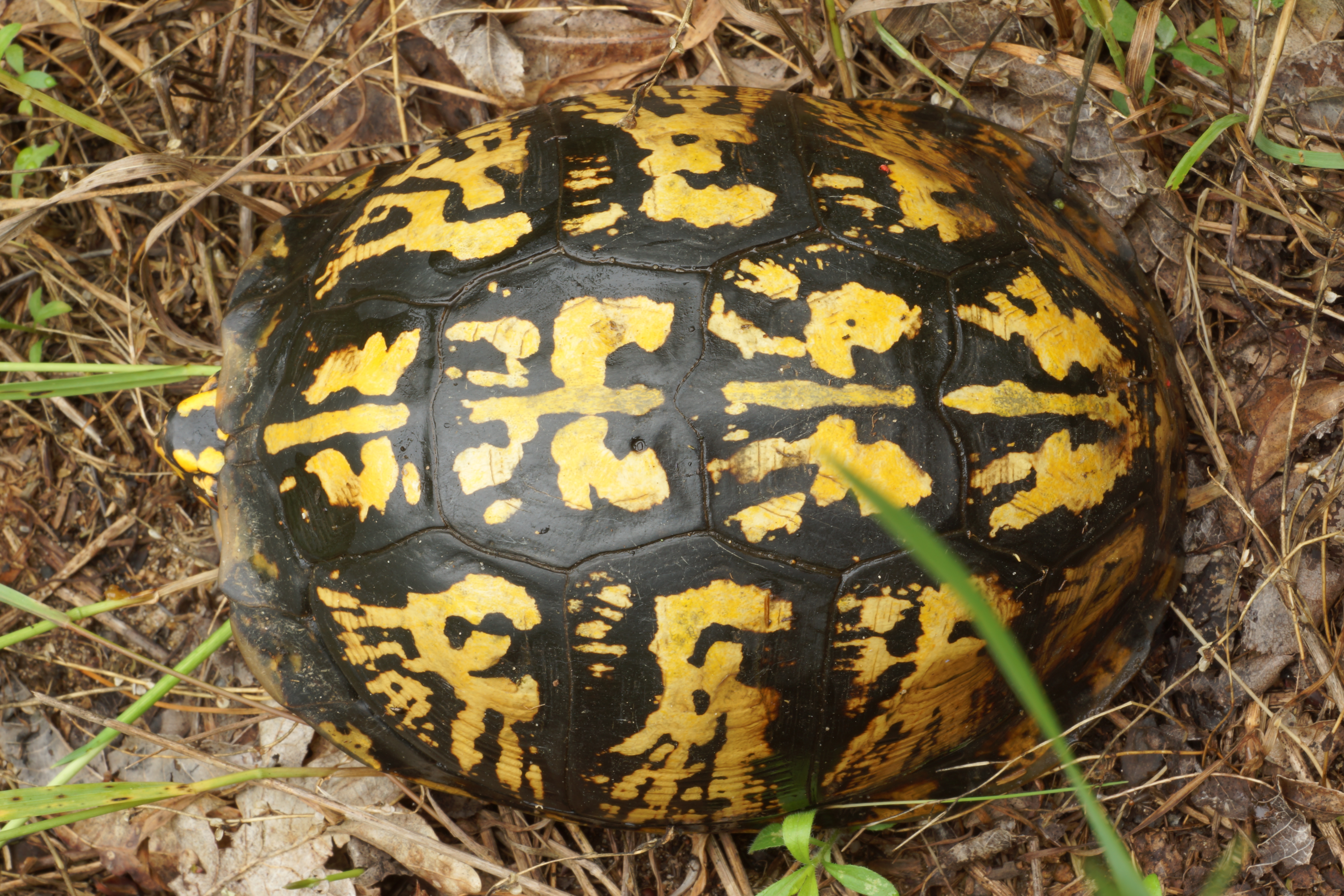

Sold out. Called the 'Kingnut' hickory because of its large nut size, the shellbark is a well known hickory yet not found in the nursery industry much. I received this seed in the mid 1980's from an orchard in Iowa where the grafted variety called 'Abundance' was in full display. It is thought this selection might be a hybrid with shagbark hickory. I planted several of these seedlings on the top of one of my ridges and found that the growth rate for this hickory in my poor soil was very good exceeding all the other hickories I have grown. Nuts began being produced at about 15 years of age. The trees also produced nuts like a spur apple in some ways as the nuts were clustered along the inside of the tree as well not just on the tip of the branches. The term abundance was an understatement and this one hickory out yields all others at our farm.
The trees are fruitful almost every year and the nuts rarely have weevils. The trees escape most frosts. The cracking of the nuts works well once the nuts are air dried over a month or so at room temperature after which they crack out in halves and quarters. Each tree is different in this characteristic however if dried down fully, the nuts will come out fairly easily.
To germinate the nuts: The seeds are currently stored at full moisture and should not be let to dry down. No need to soak. Add moist peat to the nuts and refrigerate for 90-120 days. If planting outside protect against squirrels. After moving the seeds from cold to warm after 120 days seeds will crack and germinate fully within 2-6 weeks. They are slow at first but eventually the hard shells will give way to the root growing.
"Abundant" This lateral bearing hickory is the most regular and productive species at my farm. As a result naming it and clonally propagating is a good idea because it is so outside the normal hickory box in terms of its yields and the way it bears. 'Abundant" is a more compact tree with fruiting within the center of the tree all along the trunks and branches. It is a consistent bearer and really produces even when the other hickories have no or little fruit in an off year. The smaller nuts and round shape make them ideal to crack with a pressure or vise cracker. Yes, the shells are thick but not enough to damage the meat much when cracked out. Obviously the hickory is not a tree that is produced commercially in any quantities. The tap root makes it difficult unless the right pot is used. But "Abundant" provides an avenue for a wild selection of hickory to be clonally propagated and enjoyed even though the pecan will takes its place in the land of all things Carya. Scion wood is available with the seeds if requested during the winter.
| Plant Specs |
| Genus & Species |
Carya laciniosa x ovata |
| Seed Source |
Michigan |
| Hardiness |
-30 F or more. Good for short season areas as far as hickories go despite its more southern range. |
| Height (ft) |
60-80 ft. with equal width |
| Pollination Requirements |
Self fertile for the most part. Trees may benefit from pollen from each other or other shellbark hickories. |
| Soil |
Found growing in heavy loam soils but does equally as well in sandy soils with limited organic matter. Very adaptable and can grow in moist soils too. |
| Climate |
Zone 3-8 |
| Ease of Cultivation |
One of the easiest of the hickories to establish. Fast growing and produces at a younger age than other species. Not grown much in the nursery trade due to tap root issues however now that be overcome now with the right pot and soil media. |

